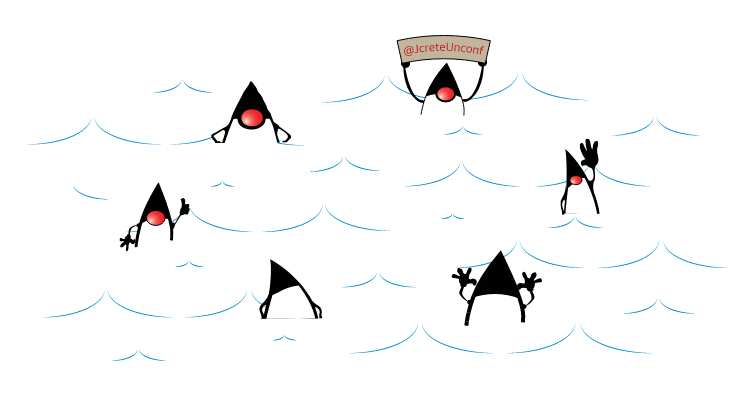JCrete 2019
Amazing. That’s the one word summary for this unconference.
It wasn’t my first time in an unconference, although the previous ones were slightly smaller and my experience then wasn’t that satisfactory as the one I’ve had in JCrete. And I have just discovered the key ingredient for a successful unconference: the people.
Because is not only about the technical content of the sessions (which was quite high, don’t get me wrong), but about those interactions during and after the sessions, happening without any planification, as natural as a conversation can be. Probably the most interesting ones are, in fact, those unexpected gatherings happening at random places, like at the beach, or during breakfast, or while trekking to Balos beach, or while snokerkeling in a beautiful location of the island.
